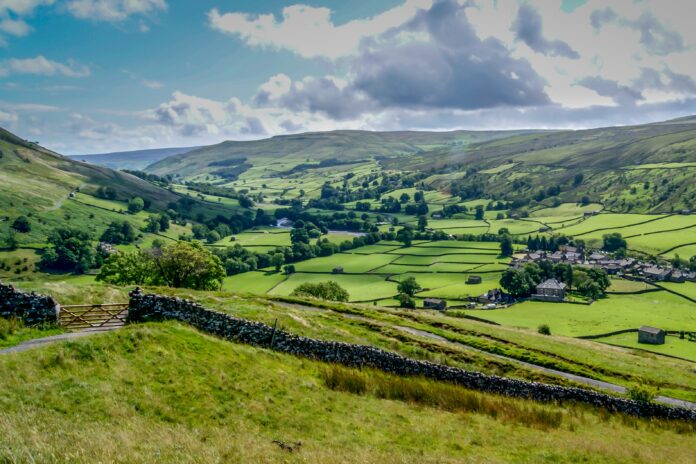Head of networks lambasts rivals Vodafone, Virgin Media O2 and Three for lack of progress
Today will see the progress of phase one of the UK’s Shared Rural Network (SRN), a key policy put in place by Boris Johnson’s government, debated in Parliament. It is intended to bring 4G coverage to the whole of the UK in 2027.
Perhaps lack of progress by some would be more accurate. This is a further embarrassment for the Tory government, after its decision last October to pull the plug on another of its infrastructure flagships, the northern leg of its HS2 rail link.
Delays by rivals on the SRN has moved BT Group’s Chief Security and Networks Officer, Howard Watson, to write a critical blog.
It is important to read the blog with two things in mind. Firstly that BT started off with considerably more mast sites than its rivals. Secondly, no agreement was ever reached with BT regarding the sharing of its masts with rivals.
Its competitors argued that in some instances this meant unnecessary duplication. BT’s response was that it could not see any reason to give away the advantage it had gained by investing in more sites.
The SRN
The SRN was set up in March 2020. The UK’s four mobile network operators, BT/EE, Three, Virgin Media O2 and Vodafone made a pledge to the UK government that they would each reach 90% geographic coverage by the end of 2027.
In phase one, the operators were to jointly invest £532 million to upgrade most ‘partial not-spots’, which are areas with coverage from at least one but not all the operators. Each operator was to expand its coverage to 88% of the landmass. The deadline for phase one was set at June 2024.
Further, the UK Government would provide £500 million for the operators to build new masts to eliminate ‘total not-spots’ or hard to reach areas where there was no coverage, to be completed by 2027.
Not spots indeed
According to Watson, EE fulfilled its commitment six months ahead of schedule, completing the work last week, bringing coverage to more than 88% of the UK’s landmass. In Scotland, EE has installed 4G on 50 of the 55 sites funded by the Scottish Government under their Scotland 4G Infill programme. It has worked with the government in Wales, also a mountainous country, to deliver bespoke new sites.
Howard states, “We’ve delivered these promises in the face of tough economic conditions, a global pandemic and a wide range of digital transformation within our own networks. Which is why it’s surprising to see those very same problems being used as an excuse by other networks for their slow progress.”
More support
He goes on to say that despite Government funding to build 55 brand new sites in Scotland, two network operators have built under a third of the sites between them, while the fourth has added 4G to one site in the past three years.
Last October, Three UK, Virgin Media O2 and Vodafone appealed to the government for a two-year extension to the deadline for phase one. They said they still intended to meet the deadline for phase two. There have been suggestions, refuted by the firms, that Vodafone and Three have dragged their feet, waiting to see if they will be given regulatory approval to merge.
Whatever the reason, Watson has no sympathy. He writes, “delivering legally binding commitments like these to Government takes a concerted effort and strategic sacrifices; there is always a choice for how, what and where a business chooses to invest. And given the involvement of taxpayer money to fund coverage, it’s hard to blame the wider investment environment for missing this licence commitment.”



